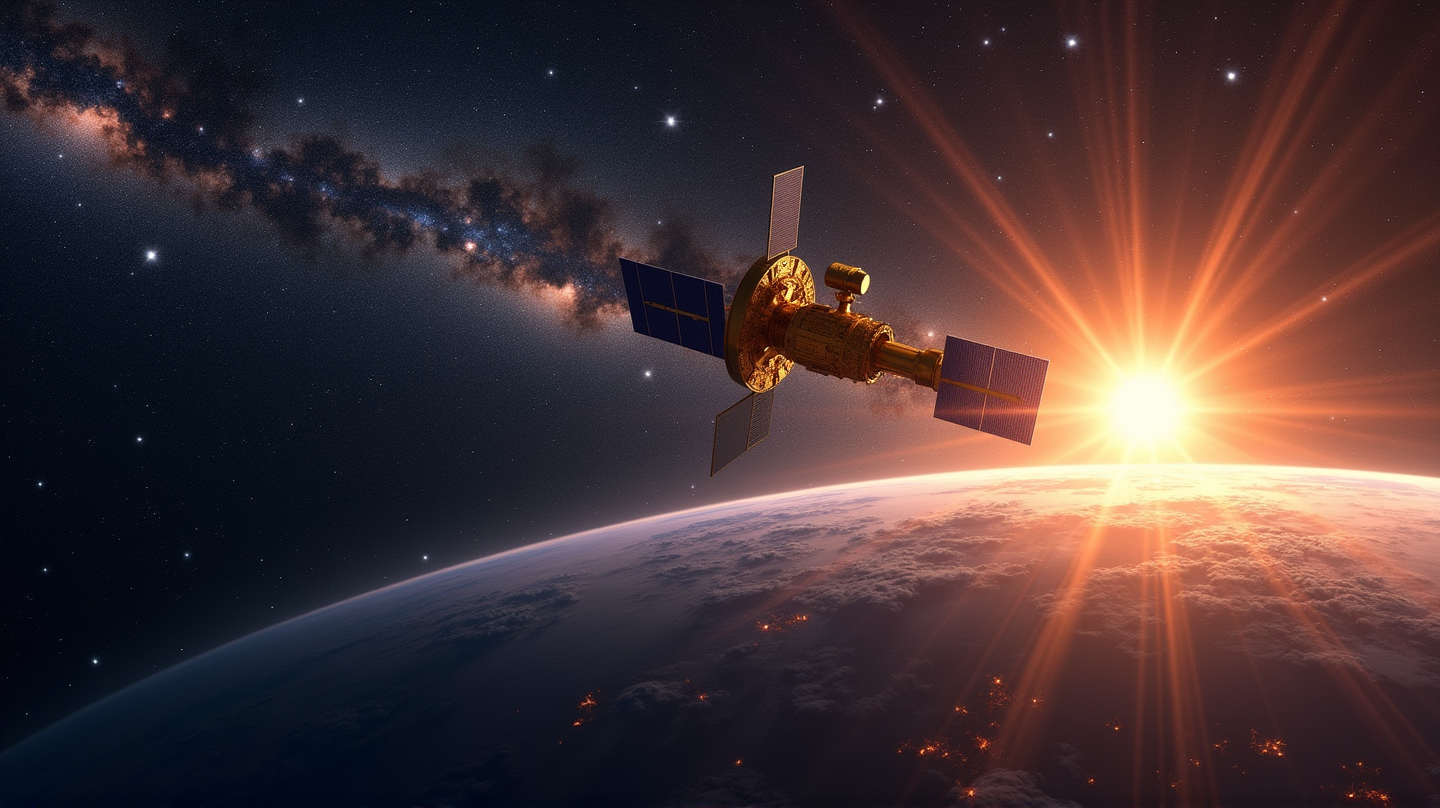Gaia Telescope Embarks on a Celestial Retirement

The historic journey of the Gaia space telescope has come to a poetic closure as it gracefully transitions into a “retirement orbit” around the Sun. For over a decade, Gaia has been humanity’s vigilant eye, mapping nearly two billion stars within our home galaxy, the Milky Way. This remarkable tale of exploration elevates Gaia to a legendary status among the pantheon of space missions.
Charting the Cosmic Symphony
Since its launch in 2013, Gaia has tirelessly charted the positions and movements of stars, offering a sprawling blueprint of our galaxy. Alongside uncovering cosmological mysteries, Gaia’s legacy includes mesmerizing discoveries — from vast galactic collisions to new exoplanets and the indomitable quasars. Notably, it identified clusters of stars, spotted 50 dwarf galaxies orbiting the Milky Way and detected at least 33 cosmic voids called black holes. According to Insider Paper, its impressive work paved the way for countless breakthroughs in our understanding of the universe.
A New Era with Gaia’s Successors
Stationed at the second Lagrange point, 1.5 million kilometers from Earth, Gaia’s serene watch was only interrupted by the arrival of the James Webb and Euclid space telescopes. To ensure an unencumbered cosmos for these new explorers, the European Space Agency decided to tactically reposition Gaia to avoid congestion. With a decisive final push, Gaia is now resting in an orbit around the Sun, maintaining a respectful distance of at least 10 million kilometers from Earth for the next century.
A Legacy That Lives On
While Gaia orbits in quietude, the deep reservoir of data it collected continues to engage the scientific community. Researchers are fervently decoding the wealth of information, promising a fourth star catalogue by 2026 and an ultimate compendium by 2030. Each data point processed propels us towards further revelations, ensuring Gaia’s contributions illuminate our path well into the future. This gracious transition marks not an end, but the beginning of new cosmic discoveries driven by Gaia’s fugitive observations.
With Gaia now nestled in its timeless orbit, we honor its decade of stellar service as it epitomizes humanity’s relentless quest for knowledge, forever entwining our stories with the stars.

